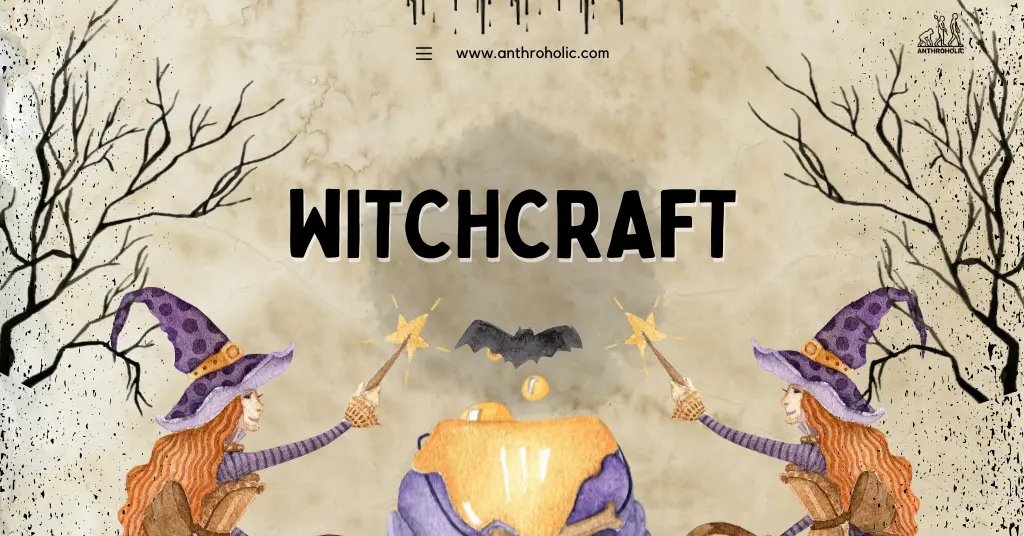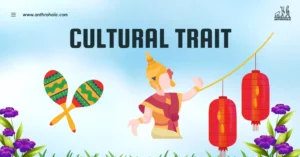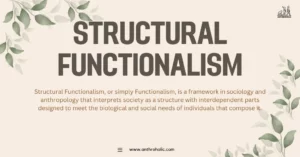AI Answer Evaluation Platform Live Now. Try Free Answer Evaluation Now
Witchcraft
Witchcraft, the practice of magical skills, spells, and abilities, has been a fascinating aspect of human cultures worldwide. Often associated with spirituality, superstition, and folklore, the understanding and interpretation of witchcraft vary considerably across different societies. Cultural anthropologists delve into the aspects of witchcraft, exploring its significance, its manifestation in different cultures, and the anthropological theories explaining these phenomena.

The Concept of Witchcraft
Witchcraft is not a homogenous concept; its perception varies across cultures, time, and space. Some societies regard it as a malevolent practice linked with evil, while others view it as a benign or even beneficial aspect of their spiritual lives [1].
- Western societies: Witchcraft in Western societies, especially during the Middle Ages and Early Modern period, was seen as a harmful practice. Accusations of witchcraft led to widespread witch trials and executions [2].
- African societies: In many African cultures, witchcraft is considered real and inherently malevolent. It is often blamed for misfortunes and calamities [3].
- Asian societies: In some Asian societies, witchcraft is integrated into the broader spiritual framework and is not always seen as malevolent. For example, in Japanese culture, Onmyōdō can be considered a form of witchcraft that was accepted and used by the state in the Heian Period [4].
| Culture | Perception of Witchcraft |
|---|---|
| Western Societies | Predominantly harmful |
| African Societies | Inherently malevolent |
| Asian Societies | Mixed, not always malevolent |
Witchcraft: An Anthropological Perspective
Cultural anthropologists analyze witchcraft from various perspectives, including functionalist, structuralist, and symbolic interpretations.
- Functionalist Perspective: Functionalists argue that beliefs in witchcraft serve as a social glue, binding societies together through common fear or respect. It also provides an explanatory framework for misfortune and social tensions [5].
- Structuralist Perspective: Structuralists, like Claude Lévi-Strauss, suggest that witchcraft is a part of the broader belief systems that form the structures of societies. It’s an integral part of the mental processes that create cultural meanings.
- Symbolic Perspective: Symbolic anthropologists interpret witchcraft as a symbolic language representing deeper societal issues, such as power dynamics, gender roles, and social inequalities.
Witch Trials and Societal Impact
Witch trials were a tragic manifestation of witchcraft beliefs. The European witch trials of the 16th and 17th centuries, also known as the “Burning Times,” resulted in the execution of thousands of accused witches.
The societal impacts of these witch trials were profound:
- Fear and Suspicion: Witch trials created an atmosphere of fear and suspicion, as accusations could be leveled against anyone.
- Persecution of Women: Women were disproportionately accused and convicted, reflecting patriarchal fears and anxieties.
- Religious Changes: These trials influenced religious beliefs, leading to changes in religious practices and doctrines.
Witchcraft in Modern Times
Despite the advent of modern science, witchcraft beliefs persist in many cultures. In some African and Asian societies, witchcraft accusations can still result in violence. However, in the Western world, witchcraft has seen a revival as part of neo-pagan religions like Wicca, where it is seen as a form of spirituality connected to nature and feminism.
Conclusion
Witchcraft provides a fascinating insight into the human understanding of the unknown and the unseen. While it has been a source of fear and violence, it also holds a rich cultural significance that cannot be ignored. Anthropological study of witchcraft provides not only an understanding of the phenomenon itself, but also a window into societal dynamics, spiritual beliefs, and the human psyche.
References
[1] Pócs, Éva. (1999). Between the Living and the Dead: A Perspective on Witches and Seers in the Early Modern Age. Central European University Press.
[2] Levack, Brian P. (2006). The Witch-Hunt in Early Modern Europe. Pearson Longman.
[3] Ashforth, Adam. (2005). Witchcraft, Violence, and Democracy in South Africa. The University of Chicago Press.
[4] Yumiyama, Tatsuya. (2003). Onmyōdō in Japanese History. Yamakawa Shuppansha.
[5] Evans-Pritchard, E.E. (1937). Witchcraft, Oracles, and Magic Among the Azande. Clarendon Press.




